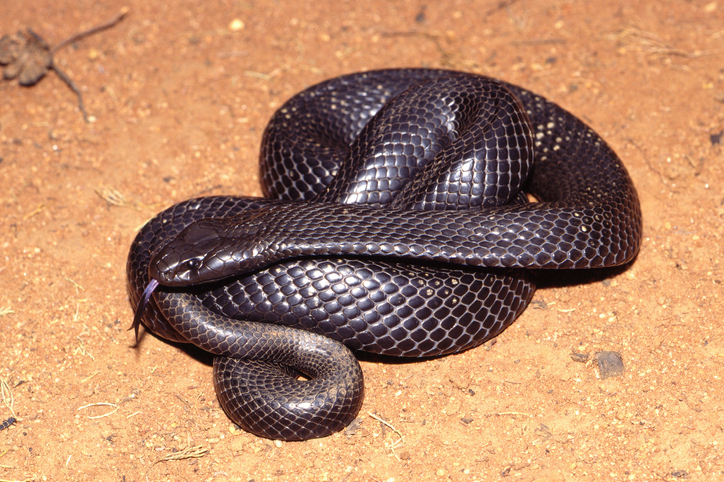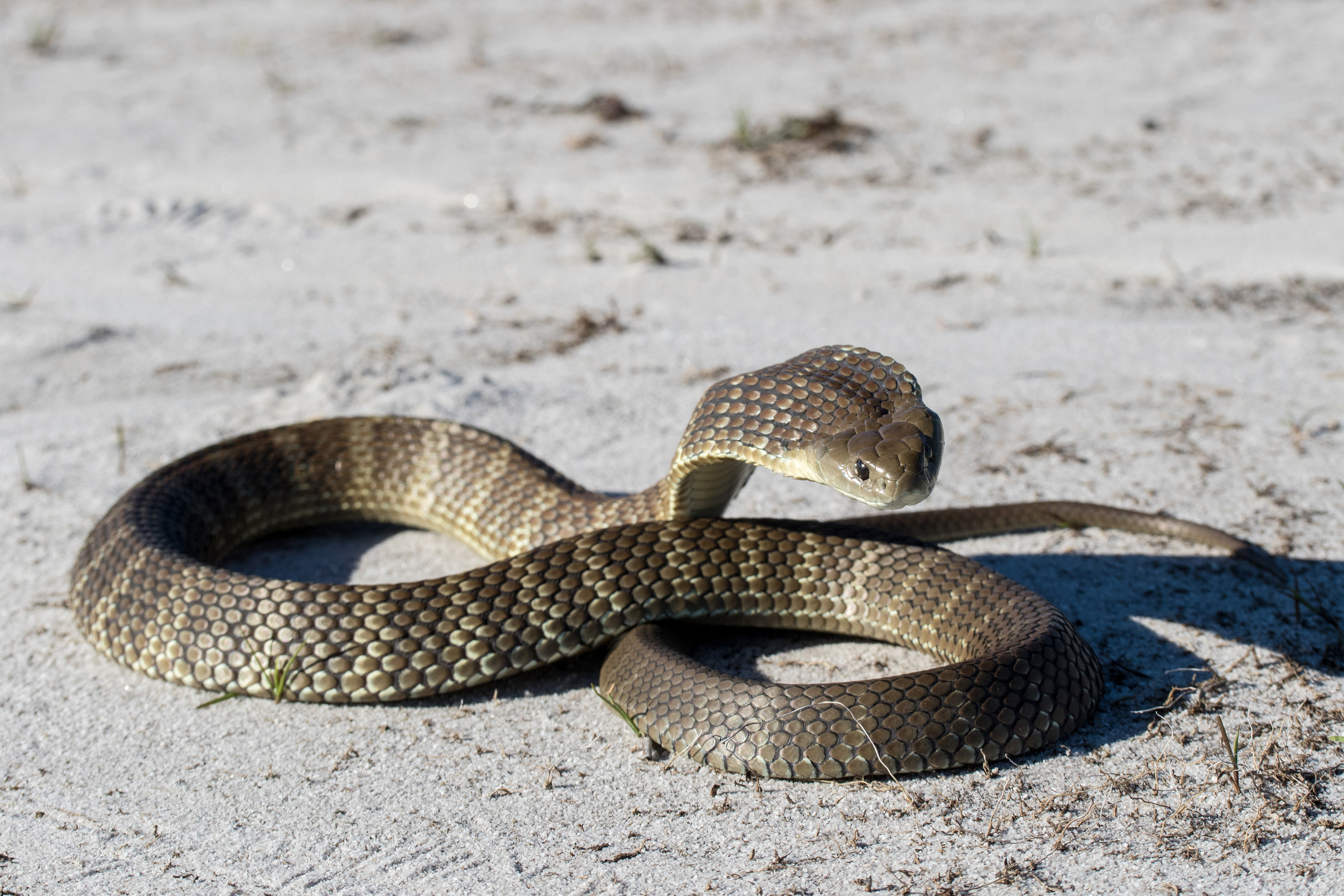Introduction
When it concerns the interesting world of serpents, few types record the creative imagination rather like the baby tiger serpent. Recognized for their unique pigmentation and powerful venom, these serpents are an indispensable component of Australia's special environment. In this detailed write-up, we will explore numerous aspects of infant tiger serpents, including their actions, environment, and how to securely communicate with them. Whether you're a wild animals enthusiast or just curious about these animals, comprehending baby tiger snakes can assist promote a much deeper admiration for nature.
Baby Tiger Snakes: What You Required to Learn About Their Habits and Habitat
What Are Child Tiger Snakes?
Baby tiger snakes are adolescent forms of the highly venomous varieties understood clinically as Notechis scutatus These snakes are mainly discovered in coastal regions of Australia, especially in Tasmania and southerly Victoria. As they grow, their pigmentation adjustments from a much more muted scheme to the characteristic yellow and black bands that give them their name.
One significant facet of child tiger serpents is their size; hatchlings typically measure around 25-30 centimeters in size. Despite Aggressive Australian snakes their little stature, they have a shocking quantity of poison that can be harmful to humans if bitten.
Physical Characteristics
Tiger serpents have a number of vital physical characteristics:
- Coloration: The distinct banding pattern typically ends up being extra noticable as they mature. Size: Grownups can reach sizes of as much as 2 meters. Body Shape: They have a robust body that assists in swimming and earthbound movement.
Where Do Child Tiger Snakes Live? Recognizing Their Habitat
Understanding the environment preferences of baby tiger serpents is essential for both preservation initiatives and public safety and security. These serpents grow in numerous settings:

- Wetlands: Marshes and swamps give enough hunting grounds. Coastal Regions: Typically discovered near coastlines where they can quest for prey. Woodlands: Dense vegetation uses cover from predators.
Geographical Distribution
Tiger snakes are mainly discovered along Australia's southern coastline, including:
- Tasmania: Home to among the most infamous populations. Victoria: Particularly in areas near water bodies.
Are Tiger Snakes Venomous? A Deep Study Their Venom
One common inquiry develops when discussing child tiger snakes: "Are tiger snakes poisonous?" The solution is an unquestionable yes!
Venom Composition
The venom of tiger snakes consists of neurotoxins that can trigger paralysis, coagulopathy (blood clot problems), and possibly fatality if neglected. Below's what you need to recognize:
- Effects on Humans: An attack from a tiger snake can lead to signs like swelling, pain at the bite website, queasiness, and even respiratory failure.
Comparison with Other Poisonous Snakes
In comparison to other Australian serpents such as the eastern brownish serpent or king brown serpent, tiger snake poison is thought about among one of the most potent. Nevertheless, fatalities are uncommon due to better clinical therapies and accessibility to antivenom.
Behavioral Patterns of Child Tiger Snakes
Understanding how infant tiger serpents behave is vital for those that reside in or check out locations where these reptiles are prevalent.
Nocturnal Habits
Most child tiger serpents show nighttime habits. They have a tendency to forage for food during cooler evening temperatures. This versatility assists them prevent predators while improving their hunting efficiency.

Hunting Techniques
Their hunting strategies consist of:
- Ambush Predation: Waiting inactive until target comes close. Active Foraging: Actively relocating with greenery or along rivers in search of food.
First Aid for Serpent Bites: What You Should Know
Despite being fascinating animals, experiences with baby tiger serpents can cause hazardous situations if bites happen. Understanding first aid treatments can conserve lives.
Immediate Tips After a Bite
Remain calm; panic raises heart rate. Immobilize the influenced limb utilizing a splint or bandage. Seek immediate medical focus-- antivenom may be necessary.Creating a Snake Bite Emergency Treatment Kit
A well-prepared first aid set need to include:

|Product|Objective|| ------------------------------|--------------------------------------|| Compression bandage|To immobilize the limb|| Splint|Maintains broken bones Snakebite first aid or joints|| Antihistamines|Reduces allergic reactions|| Emergency get in touch with numbers|Quick gain access to during emergency situations|
Common Myths About Tiger Snakes Debunked
Many misconceptions surround these intriguing reptiles; allow's clear up some mistaken beliefs commonly held by people.
Myth # 1: All Tiger Snakes Are Aggressive
While some people might display defensive behaviors when threatened, not all tiger snakes screen aggression towards humans unless provoked.
Myth # 2: Infant Tiger Snakes Are Much Less Hazardous Than Adults
This misconception can not be even more from the truth! Infant tiger snakes have almost as much venom as adults relative to their dimension; thus they posture considerable dangers if bitten.
FAQs Concerning Child Tiger Snakes
black snake australia What do baby tiger snakes eat?- They mainly consume small mammals, birds, frogs, and fish.
- Look for slender bodies with faint banding patterns that end up being much more noticable as they mature.
- Yes! Birds of victim and bigger reptiles may target them.
- Typically every few weeks as they proliferate throughout their early life stages.
- While some individuals do keep them unlawfully without permits as a result of their unsafe nature; it's normally not recommended given their poisonous status.
- With timely clinical therapy-- including antivenom-- the survival rate is high!
Conclusion
In recap, comprehending infant tiger serpents-- what they eat, where they live, exactly how they act-- can equip us with beneficial knowledge regarding these remarkable yet harmful creatures. The significance of education and learning surrounding emergency treatment procedures can not be overstated; knowing just how to react efficiently after a bite could save lives while fostering respect for our slinking next-door neighbors within Australia's abundant biodiversity spectrum.
By appreciating these serpents' duties within ecological communities-- and recognizing prospective dangers-- we advertise conjunction instead of fear-based reactions towards each other's presence in nature's grand tapestry! Whether you're an enthusiastic hiker pondering your following journey or just interested about neighborhood wild animals encounters near home-- this overview acts as your trusted recommendation point on the enigmatic globe lived in by our good friends-- the splendid baby tiger snake!